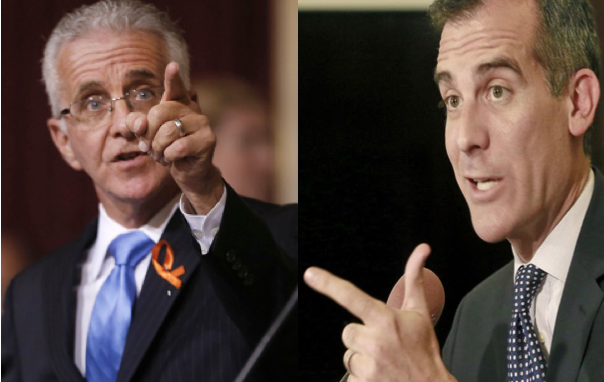The Escalating Price of LA’s Civic Center
LA WATCHDOG--The City of Los Angeles has very ambitious plans for the Civic Center, the area surrounding City Hall. According to the City’s Information Statement, the City is “considering major improvements to its Civic Center, with estimates ranging from $730 million to $760 million for the first of multiple phases of its Civic Center Master Development Plan.”













































